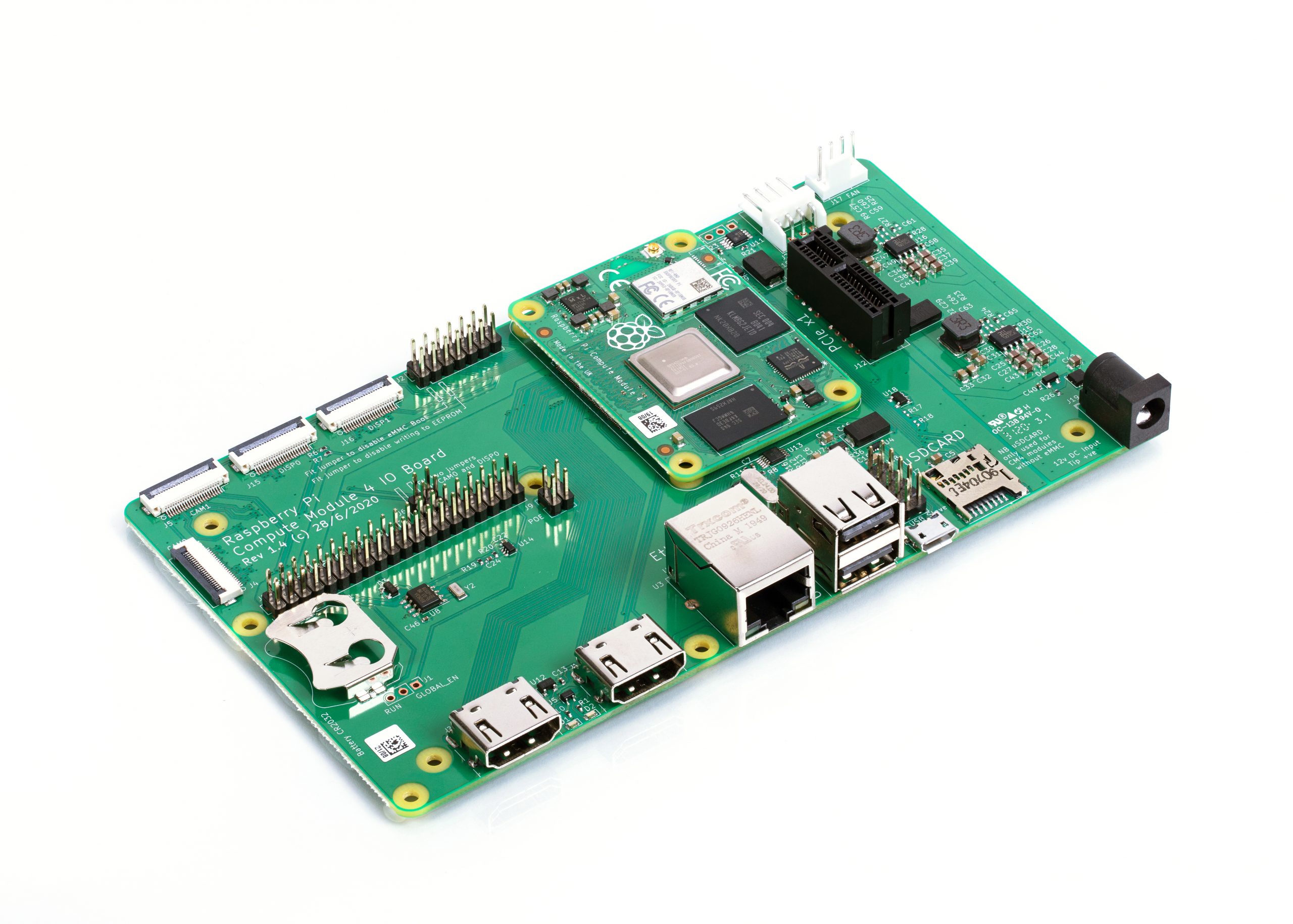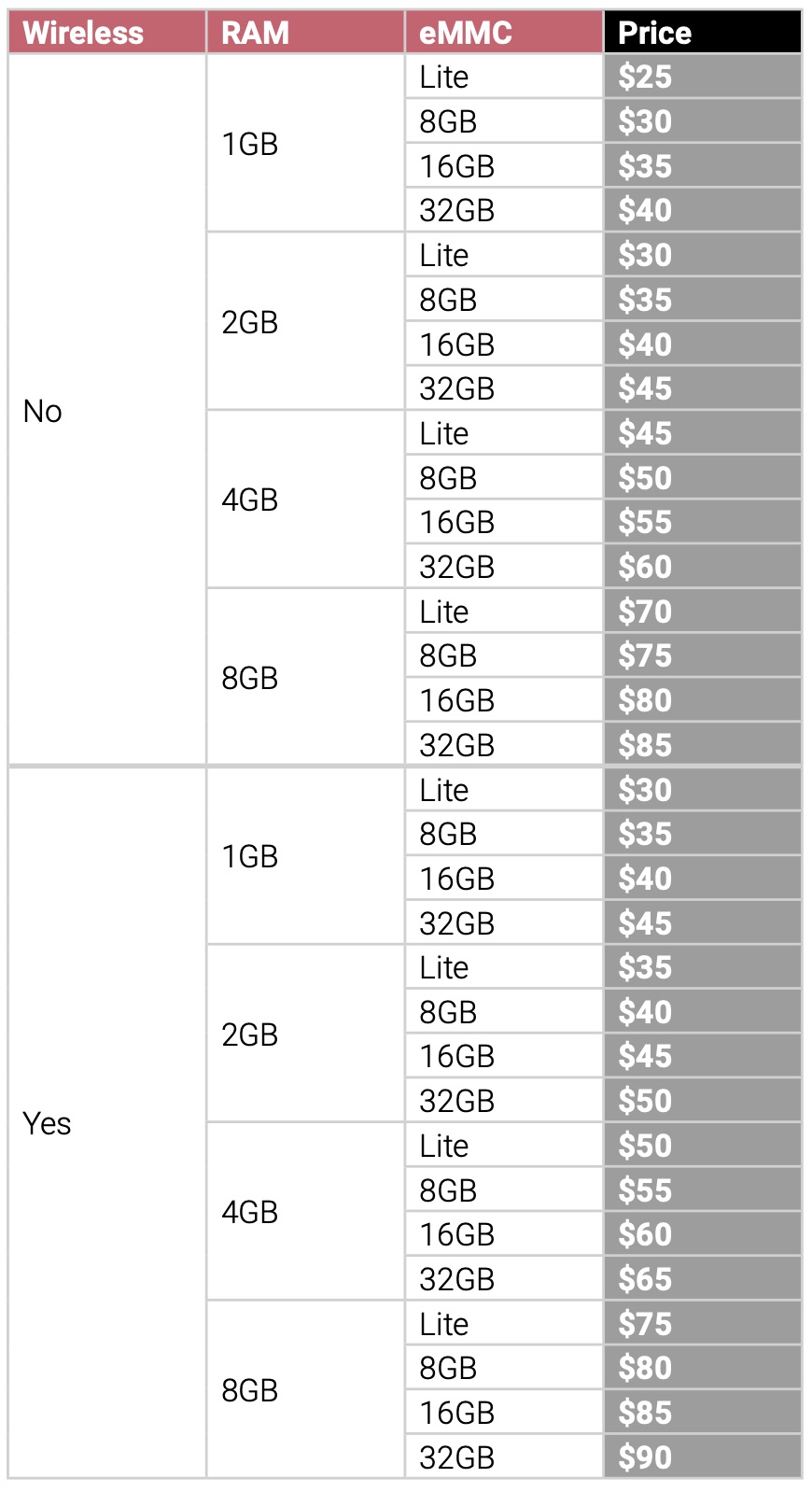
The Raspberry Pi Foundation is launching a new product today — the Compute Module 4. If you’ve been keeping an eye on the Raspberry Pi releases, you know that the flagship Raspberry Pi 4 was released in June 2019. The Compute Module 4 features the same processor, but packed in a compute module for industrial use cases.
A traditional Raspberry Pi is a single-board computer with a ton of ports sticking out. Compute Modules are somewhat different. Those system-on-module variants are more compact single-board computers without any traditional port.
It lets you create a prototype using a traditional Raspberry Pi, and then order a bunch of Compute Modules to embed in your commercial products. “Over half of the seven million Raspberry Pi units we sell each year go into industrial and commercial applications, from digital signage to thin clients to process automation,” Eben Upton wrote on the Raspberry Pi blog.
Some things are strictly similar between the Raspberry Pi 4 and the Compute Module 4, such as the 64-bit ARM-based processor with VideoCore VI graphics. This is going to represent a huge upgrade for previous Compute Module customers.
In particular, you get much better video performance with 4Kp60 hardware decode for H.265 videos, 1080p60 hardware decode for H.264 videos and 1080p30 hardware encode of H.264 videos. You can also take advantage of the dual HDMI interfaces to connect up to two 4K displays at 60 frames per second.
Another big change with the Compute Module 4 is that there are a ton of options. You can choose compute modules with or without wireless technologies (Wi-Fi and Bluetooth), with 1GB, 2GB, 4GB or 8GB of RAM, with 8GB, 16GB or 32GB of eMMC flash storage. There’s also a model without any eMMC flash storage in case you want to use external eMMC or the SD card interface.
You can mix-and-match those specs to keep your costs down at scale. The result is that there are 32 different versions of the Compute Module 4 ranging from $25 (no wireless, 1GB of RAM, “Lite” eMMC) to $90 (wireless, 8GB of RAM, 32GB of eMMC).
The form factor has changed compared to the previous Compute Module, which means that you’ll need a new Compute Module IO Board to take advantage of all the interfaces and start developing. It costs $35.

Image Credits: Raspberry Pi Foundation


